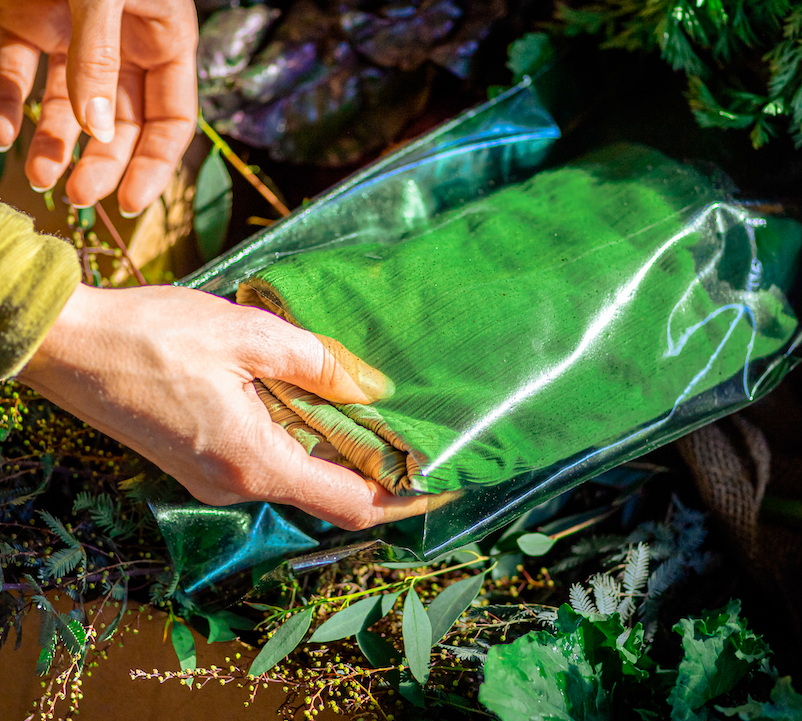Seaweed Has its Eye on the Prize in the Tom Ford Plastic Innovation Prize
By
Published
Filed under

By
Published
Filed under

What do fashion designer Stella McCartney, actor Don Cheadle, and the executive vice president of Mastercard have in common? Along with a few other carefully selected individuals, they’re all judges for a first-of-its-kind competition hosted by Tom Ford to develop a biodegradable alternative to plastic poly bags.
When the Tom Ford Plastic Innovation Prize (powered by the nonprofit Lonely Whale) put out a call for innovators, manufacturers, and scientists to develop sustainable alternatives to thin plastic packaging, sixty-four teams across twenty-six countries applied. If the finalists are any indication, we see a lot of seaweed in your future when it comes to plastic alternatives. Five out of eight of the finalists focus on seaweed-based materials, including Kelpi, Zerocircle, and Sway, an innovative materials lab we featured a couple of years ago. We checked in with Julia Marsh, CEO and co-founder of Sway, and her team to learn more about the competition and their progress since we last spoke in 2021.

Get unlimited access to latest industry news, 27,000+ articles and case studies.
Have an account? Sign in